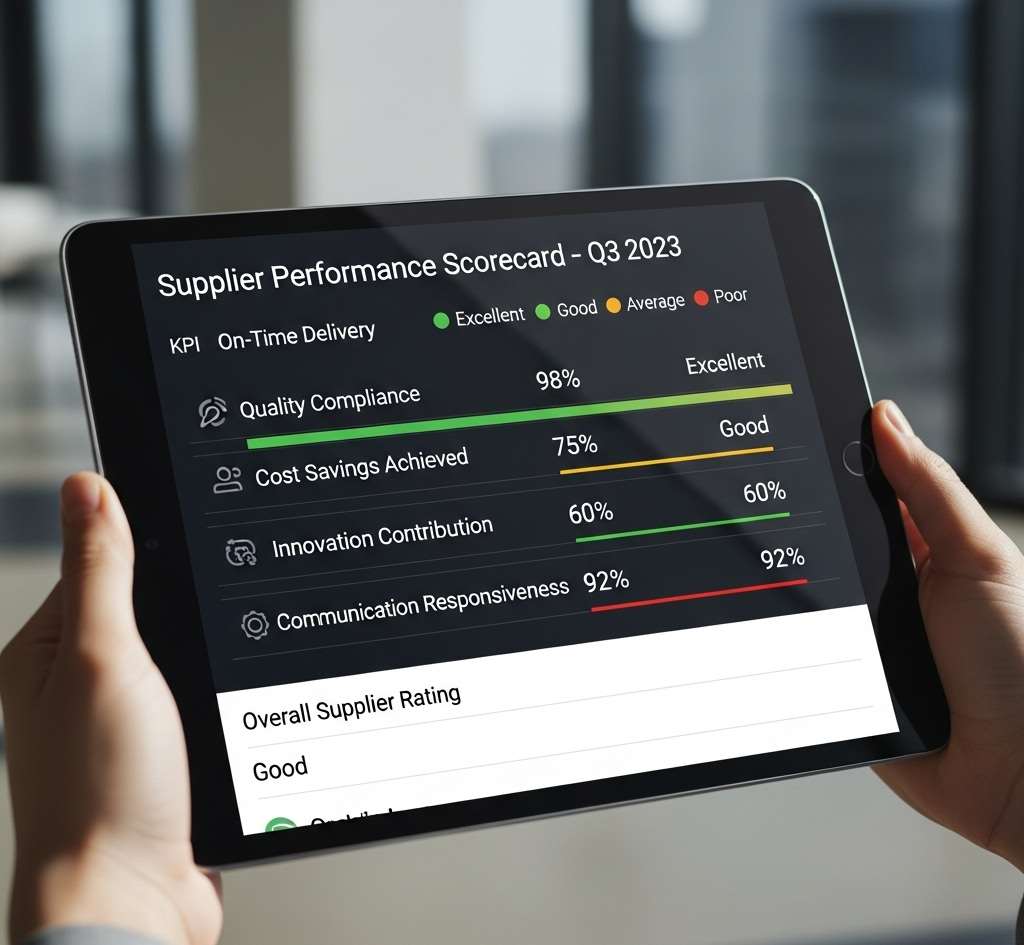
In construction, facility management, or any industry reliant on subcontractors, ensuring consistent quality and reliability is critical. Subcontractors play a pivotal role in project success, but their performance can vary widely. To mitigate risks and elevate outcomes, businesses can leverage prequalification processes and performance scorecards. These tools help select capable subcontractors and drive continuous improvement, ensuring projects stay on track, on budget, and up to standard.
Prequalification is the process of vetting subcontractors before awarding contracts. It’s about more than just checking boxes—it’s a strategic approach to identifying partners who align with your project goals. Here’s why it matters:
Risk Mitigation: Prequalification assesses a subcontractor’s financial stability, safety record, and past performance. This reduces the likelihood of delays, cost overruns, or safety incidents.
Quality Assurance: By evaluating experience, certifications, and references, you ensure subcontractors have the expertise to meet your standards.
Alignment with Values: Prequalification can include criteria like diversity, sustainability practices, or technological capabilities, ensuring subcontractors share your company’s priorities.
Define Clear Criteria: Establish must-have qualifications, such as licensing, insurance, bonding capacity, and relevant project experience. Tailor criteria to project size and complexity.
Use a Standardized Questionnaire: Collect consistent data with a form covering financials, safety metrics, workforce qualifications, and references. Software platforms like Lasso can streamline this.
Verify Information: Cross-check financial statements, safety records (e.g., OSHA logs), and references. Third-party services can assist with deeper financial or legal checks.
Score and Rank: Assign weights to criteria based on importance (e.g., safety 30%, experience 40%, financial stability 30%). Rank subcontractors to create a shortlist.
Maintain a Database: Store prequalification data in a centralized system for easy access and updates, ensuring you’re always working with current information.
Once subcontractors are onboard, performance scorecards provide a structured way to monitor and improve their work. These tools quantify performance across key metrics, fostering accountability and transparency.
Objective Evaluation: Scorecards replace subjective opinions with data-driven assessments, making feedback fair and actionable.
Continuous Improvement: Regular scoring highlights areas for growth, encouraging subcontractors to refine their processes.
Stronger Relationships: Transparent metrics build trust, as subcontractors understand expectations and how they’re measured.
Identify Key Metrics: Focus on measurable factors like:
Quality: Adherence to specifications, defect rates.
Timeliness: Meeting deadlines, milestone completion.
Safety: Incident rates, compliance with safety protocols.
Communication: Responsiveness, clarity in reporting.
Cost Management: Adherence to budget, change order frequency.
Set Clear Benchmarks: Define what “excellent,” “satisfactory,” or “poor” performance looks like for each metric. For example, a 95% on-time completion rate might earn a top score.
Automate Data Collection: Use project management software to track metrics in real-time, reducing manual work and errors.
Review Regularly: Share scorecards with subcontractors monthly or per project phase. Discuss results in performance reviews to align on goals.
Incentivize Excellence: Tie high scores to rewards like repeat contracts, bonuses, or preferred status. Low scores can trigger corrective action plans.
Prequalification and scorecards work best as a one-two punch. Prequalification ensures you start with capable subcontractors, while scorecards keep them performing at their best. Here’s how they integrate:
Feedback Loop: Use scorecard data to refine prequalification criteria. For example, if safety issues arise frequently, tighten safety requirements in future vetting.
Dynamic Adjustments: Update scorecards based on prequalification insights. If a subcontractor’s financial stability weakens, add financial oversight to their scorecard.
Long-Term Partnerships: High-performing subcontractors (per scorecards) can be fast-tracked through prequalification for future projects, saving time and building loyalty.
Consider a mid-sized construction firm managing a $10M commercial project. By prequalifying subcontractors, they filtered out a bidder with a shaky financial history, avoiding a potential mid-project bankruptcy. Using scorecards, they identified a subcontractor consistently missing deadlines, allowing early intervention that saved weeks of delays. The result? The project finished on time, 5% under budget, and with zero safety incidents.
Invest in Technology: Tools like Lasso or custom Excel templates can simplify prequalification and scorecard processes.
Train Your Team: Ensure project managers understand how to evaluate and communicate performance metrics effectively.
Start Small: Pilot scorecards on one project or with a few subcontractors before scaling up.
Communicate Expectations: Be transparent with subcontractors about how they’ll be evaluated and how they can improve.
Prequalification and performance scorecards are powerful tools for elevating subcontractor performance. By carefully selecting partners and holding them accountable with clear, data-driven metrics, businesses can reduce risks, improve project outcomes, and build stronger partnerships. Start implementing these strategies today to transform how you manage subcontractors and drive success.
© 2025 Lasso Supply Chain Software LLC
Get instant access to our report on the Top Procurement Trends of 2025 by filling out the form below.

Get instant access to our report on the Top Procurement Trends of 2025.